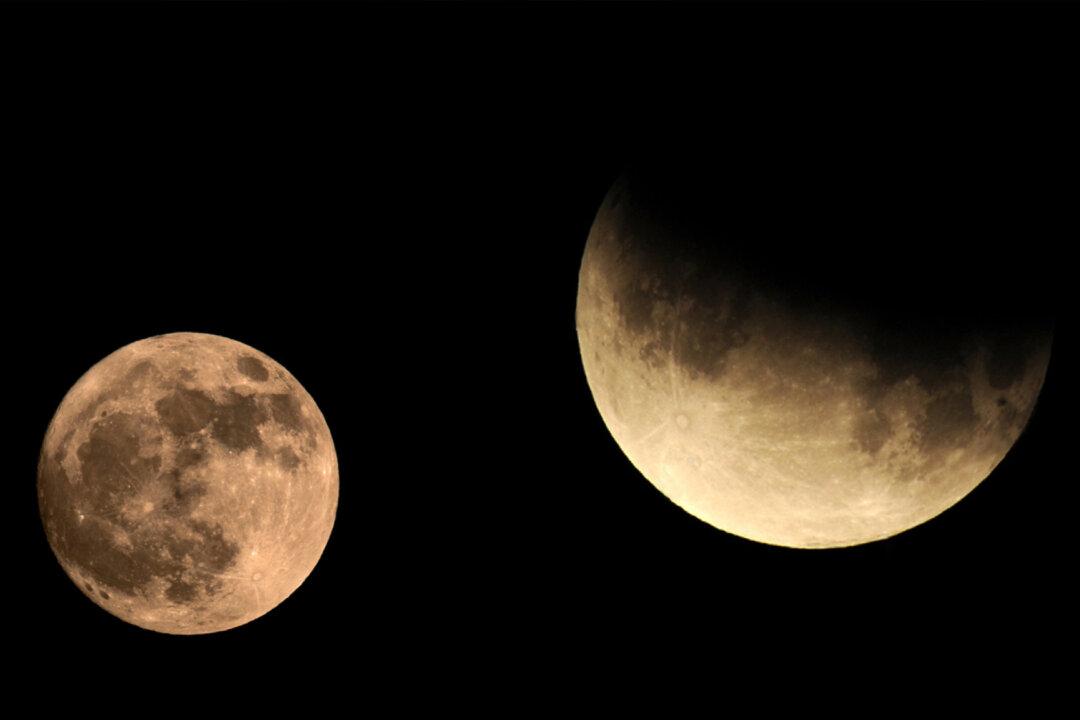The next lunar eclipse—also known as a “Beaver Moon”—will be visible across North America in the early hours of Friday and is set to be the longest of the century—and the longest in nearly 600 years.
According to NASA, this year’s Beaver Moon will be at its fullest at 4:02 a.m. on the morning of Nov. 19 and will peak at a 97 percent near-total lunar eclipse. This means that nearly all of the moon will be in full shadow and only a small sliver of the left side of the moon will shine in the partial shadow of the Earth.





